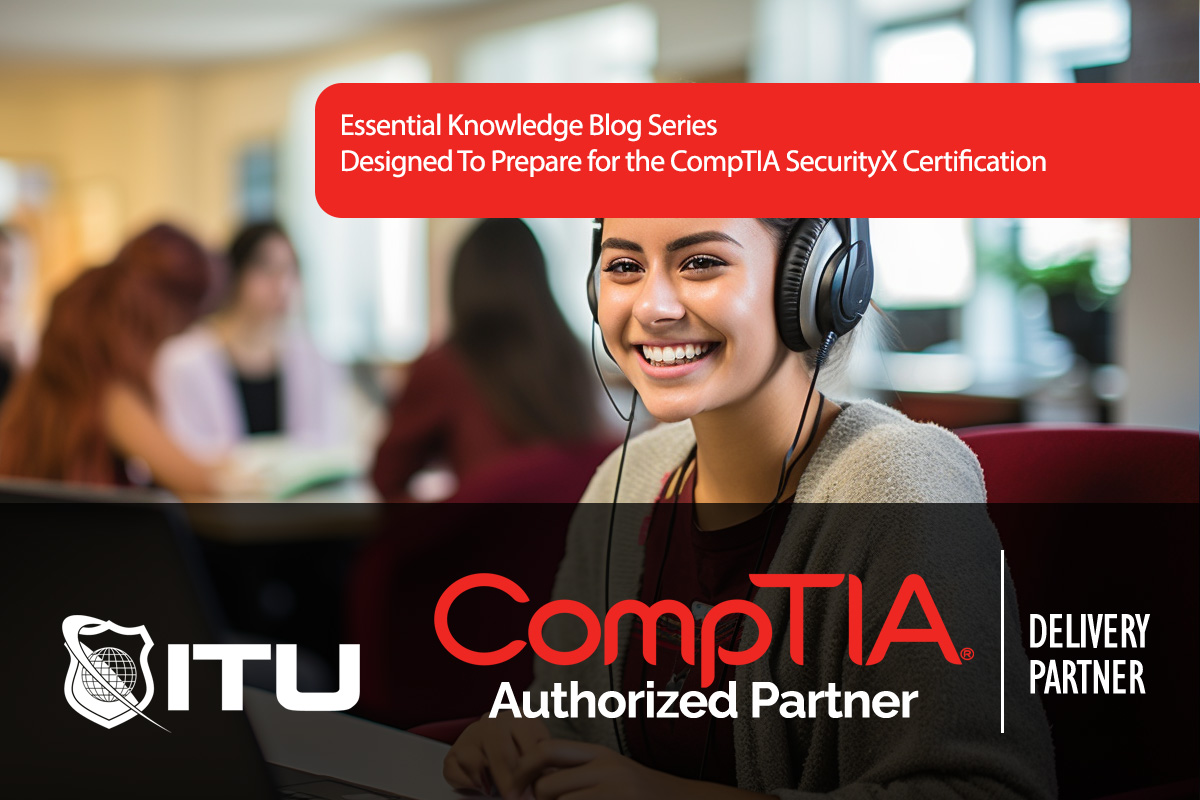What Is a Node?
Definition: NodeIn the context of computer science, a Node is a fundamental part of data structures and networks. A node can represent a physical or logical point in a network,

Rule-based languages play an essential role in cybersecurity, allowing analysts to detect, categorize, and respond to threats based on predefined criteria and patterns. These languages, including Sigma, YARA, RITA, and Snort, support threat hunting and threat intelligence by enabling customizable, automated threat detection. For CompTIA SecurityX certification candidates, understanding these rule-based languages is critical for Objective 4.3: “Apply threat-hunting and threat intelligence concepts.” This blog will explore each of these languages, highlighting their features, applications, and benefits in a comprehensive cybersecurity strategy.
Rule-based languages are programming or scripting languages designed to automate the process of identifying and categorizing cyber threats. They allow cybersecurity teams to establish detection rules for specific behaviors, indicators, or attack patterns that can be flagged and monitored automatically. This automation is vital in handling large volumes of data, enabling faster, more accurate detection of threats.
Each rule-based language has unique features and focuses on different aspects of cybersecurity threat detection and response. Let’s explore Sigma, YARA, RITA, and Snort in detail.
In threat hunting, rule-based languages enable cybersecurity professionals to streamline and automate the process of detecting anomalies, categorizing threats, and responding to potential attacks.
Effectively using rule-based languages in cybersecurity requires careful planning and adherence to best practices.
Mastering rule-based languages equips CompTIA SecurityX candidates to:
Integrating rule-based languages into cybersecurity practices provides professionals with versatile, customizable tools to address the evolving threat landscape effectively.
Rule-based languages in cybersecurity are scripting languages used to define rules for identifying, categorizing, and responding to threats. They enable automated detection of anomalies, malware, and network intrusions based on specific patterns or behaviors.
Sigma is an open-source rule-based language designed for writing SIEM detection rules in a standardized format. It allows analysts to create rules that are compatible across multiple SIEM platforms, helping detect suspicious activities and enhance cross-platform threat visibility.
YARA is a rule-based language used to identify and classify malware by searching for specific patterns within files. Its pattern-matching capabilities make it invaluable in malware research and forensic investigations, helping detect malware based on unique code characteristics.
RITA (Real Intelligence Threat Analytics) is used for analyzing network traffic logs to detect malicious activities, such as command-and-control (C2) communications. It helps identify suspicious network patterns, including beaconing behavior indicative of compromised systems.
Snort is a popular open-source IDS/IPS that uses signature-based rules to detect and block malicious network traffic in real time. Deployed at network perimeters, Snort identifies threats such as DoS attacks, buffer overflows, and unauthorized scans, providing essential intrusion prevention.
Lorem ipsum dolor sit amet, consectetur adipiscing elit. Ut elit tellus, luctus nec ullamcorper mattis, pulvinar dapibus leo.
$49.99 Original price was: $49.99.$16.99Current price is: $16.99. / month with a 10-day free trial
Definition: NodeIn the context of computer science, a Node is a fundamental part of data structures and networks. A node can represent a physical or logical point in a network,
Definition: Input/Output ControllerAn Input/Output Controller (IOC) is a hardware component or subsystem that manages the communication between a computer’s central processing unit (CPU) and the external devices connected to it.
Definition: VoIP AdapterA VoIP (Voice over Internet Protocol) Adapter is a device that converts analog voice signals into digital data packets for transmission over the internet. It allows traditional analog
Definition: Gyroscopic SensorA gyroscopic sensor, or gyroscope, is a device that measures or maintains the orientation and angular velocity of an object. It is fundamentally based on the principles of
Definition: SSL CertificateAn SSL (Secure Sockets Layer) Certificate is a digital certificate that provides authentication for a website and enables an encrypted connection. This certificate is issued by a trusted
Definition: Phase-Shift Keying (PSK)Phase-Shift Keying (PSK) is a digital modulation technique used to transmit data by changing the phase of a reference signal (the carrier wave). In PSK, the phase
Definition: Application Performance EngineeringApplication Performance Engineering (APE) is a discipline within software engineering focused on ensuring applications perform effectively under their expected workload. It involves the proactive analysis, design, and
The client-server model is a distributed application structure that partitions tasks or workloads between providers of a resource or service, called servers, and service requesters, called clients. Often used in
Definition: Cybersecurity Incident Response PlanA Cybersecurity Incident Response Plan (CIRP) is a comprehensive, organized approach for addressing and managing a security breach or attack. The purpose of this plan is
Definition: Data CenterA data center is a facility composed of networked computers, storage systems, and computing infrastructure that businesses and organizations use to organize, process, store, and disseminate large amounts
Definition: KryoKryo is a fast and efficient serialization framework for Java. It is designed to provide high performance for serializing and deserializing Java objects, making it particularly useful in distributed
Definition: Memory OvercommitmentMemory overcommitment is a virtualization technique that allows a hypervisor to allocate more memory to virtual machines (VMs) than the physical memory available on the host system. This
ENDING THIS WEEKEND: Train for LIFE at our lowest price. Buy once and never have to pay for IT Training Again.

Get ready for the updated 220-1201 & 220-1202 exams with our brand-new CompTIA A+ training—designed to help you pass with confidence and start your IT career strong. Access this course and over 2,900 hours of expert-led IT training when you sign up for any of our All-Access Passes. Don’t miss out—enroll now and start learning today!